Crashing with Kate Furnivall
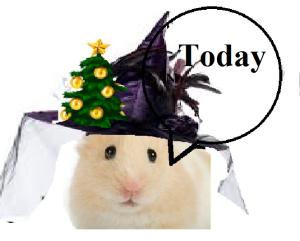
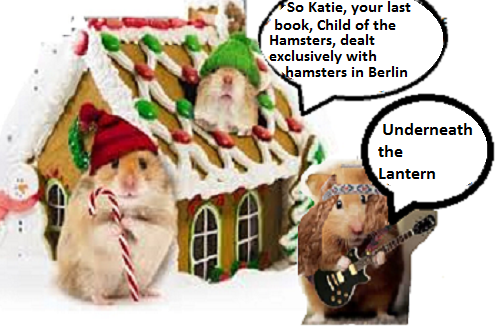


KATE – – -Well, dudes, pin back your ears (oops, I forgot, you’ve only got tiny ones

) and listen to this. All I had to do was gaze at the pics of you guys, all different – some smart, some slow as sloths (naming no names!),


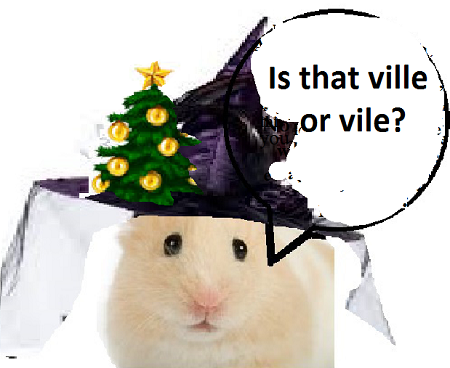
some tetchy, others calm and cool, but all cute as buttons. And it set me thinking. About identity. What makes us who we are? What separates us from others?
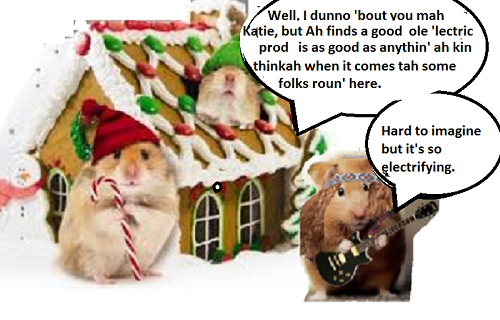
And can we turn ourselves into someone else? Or will the real ‘me’ always be there, bubbling just beneath the surface? This is what I decided to explore in my new book The Crash.

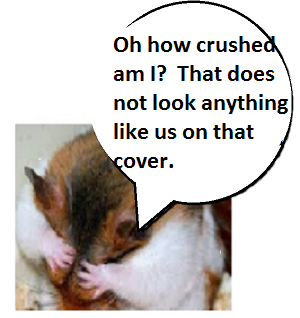


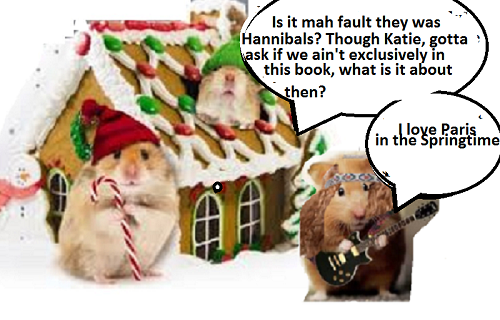
Kate – – — The story is one of intense intrigue and danger in Paris. It is set against the backdrop of a devastating train disaster that occurred in 1933, the worst in French peacetime history. Hundreds were killed and injured on that terrifying night just before Christmas. Amid a web of mystery and crime, my story follows Camille Malroux’s desperate search for her missing brother Gilles who vanished after he was injured on that train.


Camille is determined and resourceful, a young woman who has learned to pay attention to details. She is the daughter of a Parisian prostitute and was brought up in poverty, but yearns to be respectable. She has striven hard to create an exemplary identity for herself and works now for the French Civil Service, wearing her highly polished shoes and neat white blouse each day. But her fierce loyalty to her brother leads her on a search for him and each layer of truth that she peels back sends her spiralling down dangerous pathways. This is where she needs again all the cunning and skills she learned as a child on the filthy backstreets of Montparnasse in Paris.The train crash is the catalyst that alters their lives. But can it alter who they are?
Gilles operates mostly on the wrong side of the law. Though injured in the chaos and darkness of the crash, he is sharp enough to swap his identity card with that of another casualty in order to escape those who are pursuing him.

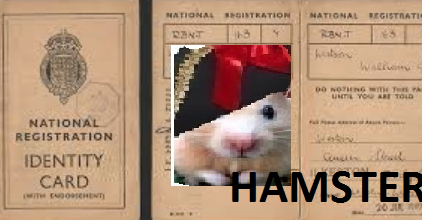
Especially the police. As he attempts to flee into the night, he finds himself taken to the home of a woman he has never met who embraces him as her husband. When she slides a spoon of heavy liquid between his lips, is she trying to help him? Or harm him? And when Camille races to the hospital to seek out her brother, who is the bandaged stranger she finds in possession of Gilles’s wallet?
This triggers a world where tragedy and suspense collide, where sinister forces are lurking in the shadows. The fight for survival blurs ethical lines. I love to put my characters in a situation where they are forced to face morally difficult decisions – and then I wait to see which way they jump.

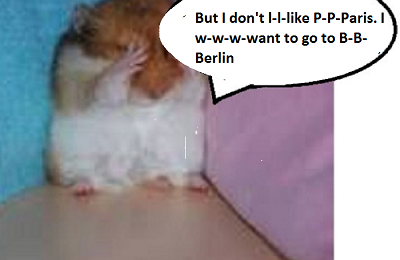
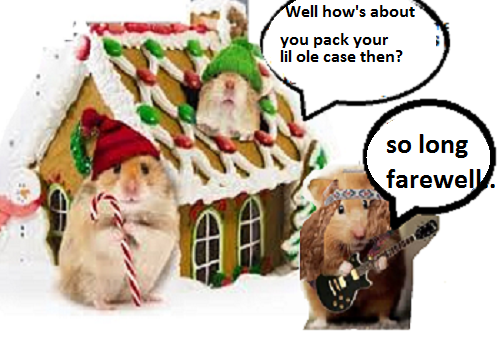
Kate —- Well, in the 1930s Paris was a vibrant hotbed of thrills and excitement. With its glossy cream of society flaunting their diamonds and furs at the Café de Paris, or savouring the Jazz Age on the Left Bank alongside struggling writers and artists at Le Dôme, like Hemingway and Gauguin. It was a time of wildness and a new kind of freedom. The tragic train crash came like a knife to the heart of this world. So you see, dudes, why I chose to set my story in Paris. Camille and Gilles Malroux were chancers. And the City of Light offered them a whole world of opportunity.
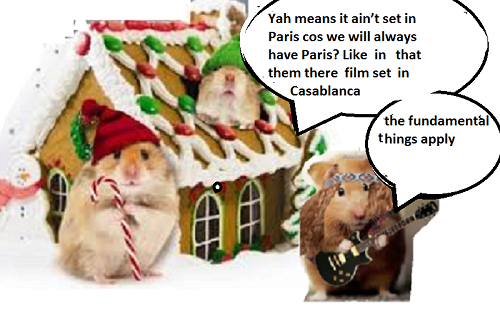
Kate–—Ha ha! Of course we will always have Paris, dearest Bobby Bub. The image of you in your sexy French beret, when I was researching The Betrayal, will be engraved on my heart forever more.


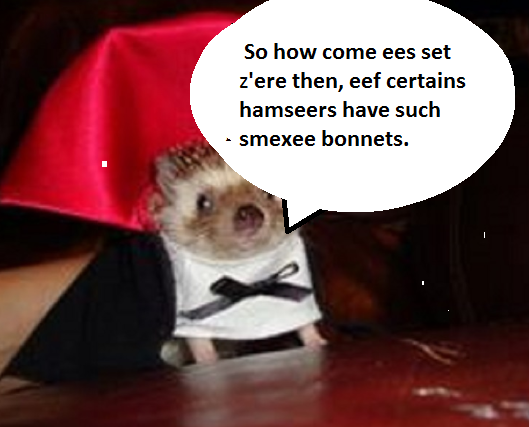
Kate– Duh! I just told you why. (Remember when I said earlier, “some smart, some slow as sloths”? Well I leave you to guess which category this one falls in. BECAUSE THE REAL TRAIN CRASH OCCURRED JUST OUTSIDE PARIS! So that’s where the story takes place. Got it, okay?
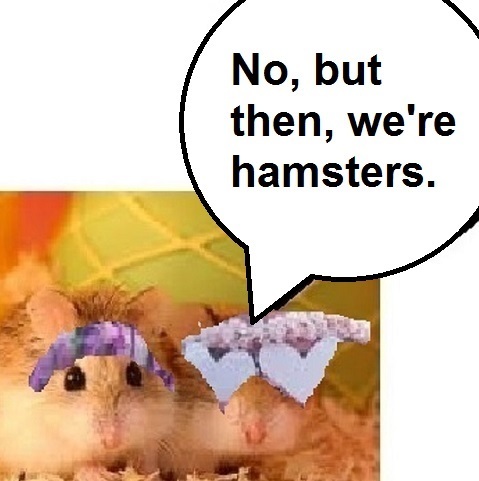
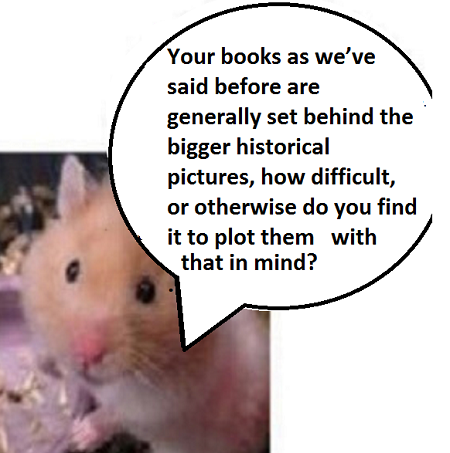
Kate — That’s interesting because I don’t find it difficult at all. History fascinates me and is teeming with all kinds of exciting stories begging to be told. I have hugely enjoyed digging them out, whether set in the ancient beauty of Italy, the broken postwar city of Berlin or in the windswept sands of the Sahara. It is the history and the settings that inspire my stories. I am constantly finding new ideas there. I love to lift the surface skin and find out what makes these characters from history tick and how major events impact on the lives of ordinary people. When people are stripped of their facade, it’s what’s underneath that fascinates me and draws me into their lives.


Kate –I have lots of favourite parts. The research (I go down so many rabbit holes, it’s a wonder I’m ever seen again), the days when the words flow as smooth as hot chocolate, the moment when I’ve been struggling with how to end a scene and then suddenly see the light. And of course the WONDERFUL point when I finally type THE END.
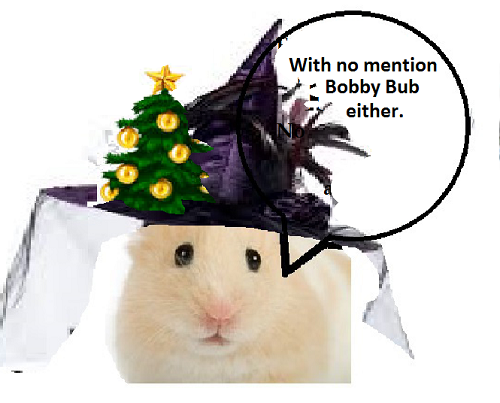
But my most favourite part is starting a book. The beginning. Those first few chapters. At that early stage everything is possible. The book can go anywhere and take me off into thrilling and startling places and to ideas I haven’t yet even thought of. I am like a child on Christmas Eve, thrumming with anticipation. In those first chapters I am getting to know my characters and how exactly they will interact with each other, with me and with the setting. As the book progresses it becomes more like hard work to keep all the balls in the air, but at the start it is like falling in love.
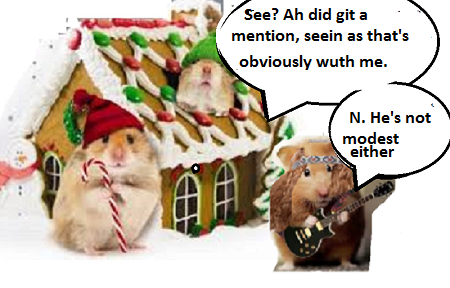


Kate – -Oh BB, you are such a charmer, enough to turn a girl’s head. Well now, I’d love us to hop on a plane and whisk away to Amsterdam in the Netherlands. You up for that? The city is as charming and handsome as yourself
Let’s go at tulip time – in April. I’ve never seem the fields of vivid colour, so it would be an adventure for us both.

And we could explore the windmills themselves. Did you know that they are used for pumping water and as sawmills, as well as for grinding flour? I had no idea. It is such a fascinating complex mechanism and the Dutch are now world leaders in the high tech process of shifting water from one place to another.
Then let’s have a relaxed traditional lunch of lekkerbekje (fried fish) or stamppot (basically sausage and mash) in one of the lovely pavement cafes beside the beautiful canals in Amsterdam. Over a beer you can whisper to me all the goss on the other dudes.
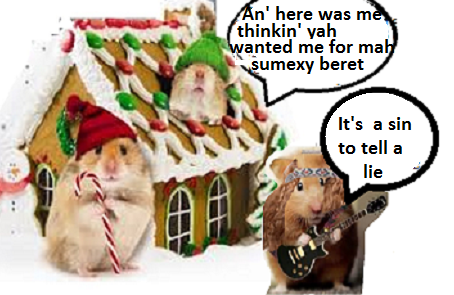
Not even a Philistine like you, BB, can visit Amsterdam without sticking your twitchy little nose into the glorious Van Gogh Museum. So after lunch we’d pop over there and I promise you that its powerful paintings will knock your whiskers off!
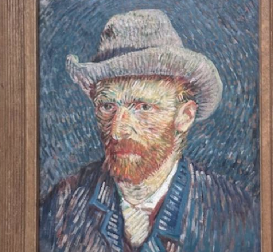
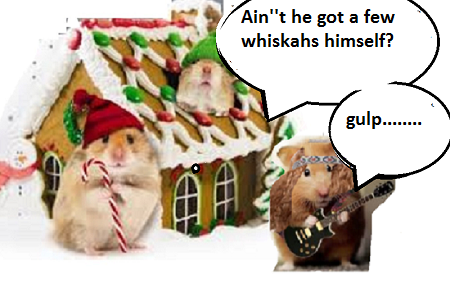
A magnificent sunflower sits on every table in the Van Gogh Museum cafe.

we wouldn’t stop there. We’d round off our day with a romantic canal dinner cruise with a bottle of darn good Dutch gin

and after a few glasses I’d serenade you with the old favourite – A Windmill of Old Amsterdam.
 I saw a hamster!
I saw a hamster!
Where?
There on the stair!
Where on the stair?
Right there!
A little hamster with clogs on
Well I declare!
Going clip-clippety-clop on the stair
Oh yeah!


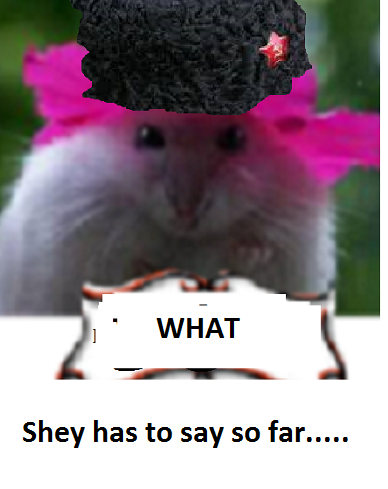
The simple reason I’ve not yet finished this book is I don’t want it to end. THAT is actually how good it is. And I am not just saying that because Kate was kind enough to send me a copy because I have been a fan of hers since her very first book. The vividness of the writing and the description, the storyline, the evocation of the period it is set in, is that brilliant, I want to savour every word, over and over. These are the things I will say when I do properly review this. It is a wonderful book.

If you were given the opportunity to disappear and start your life again, would you take it?
Paris 1933. Four people’s lives are dramatically torn apart by a single terrifying event. Two days before Christmas the express train to Strasbourg crashes into a local train in the winter darkness outside Paris. On board is Gilles Malroux, a man with a shady past and a strong reason to avoid the police. In the mayhem of the crash he is badly injured but to avoid capture by the police he swaps identity papers with one of the other victims of the impact. Gilles tries to flee in the dark but finds himself taken to the house of a woman he doesn’t know but who calls him Davide. She nurses him. But is the bitter medicine in the spoon she puts to his lips healing him or harming him?
Camille Malroux is Gilles’ sister. She works for the French Civil Service and is trying to climb the ladder of respectability after a childhood in poverty. When she is informed by police that her brother is seriously injured in hospital, she rushes to his bedside, only to discover it is not Gilles. It is a heavily bandaged stranger. He is unconscious and has her brother’s identity papers in his locker. Only by digging to discover the true identity of the bandaged man in the hospital bed can she hope to trace Gilles.
But Gilles is sinking into further danger. He is drugged. A priest and a doctor hover over him, as if waiting for him to die, and constantly the woman who calls him Davide is at his side. What is it she wants from him?
The Crash is thrilling historical fiction about identity, revenge and survival.
Kate Furnivall didn’t set out to be a writer. It sort of grabbed her by the throat when she discovered the story of her grandmother – a White Russian refugee who fled from the Bolsheviks down into China. That extraordinary tale inspired her first book, THE RUSSIAN CONCUBINE. From then on, she was hooked.
Kate is the author of ten novels, including THE SURVIVORS, THE RUSSIAN CONCUBINE, THE LIBERATION and THE BETRAYAL. Her books have been translated into more than twenty languages and have been on the Sunday Times and New York Times Bestseller lists.



